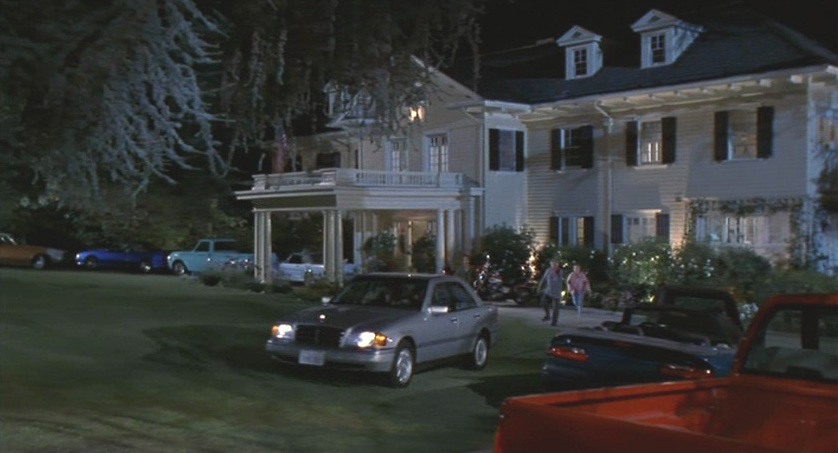

#Where was st elsewhere filmed series#
But the series had lost its rooting and CBS’s confidence. New characters were introduced to compensate.

The actor’s own exposure, thanks to a lead role in Robert Redford’s well-regarded "Quiz Show" in 1994 led to his departure from the show. The 20-year-old, who says he is 'half Scottish, half Swedish,' has signed a one-year deal after leaving IFK. "Exposure" fervor lessened with viewers, too, likely helped by Morrow’s well-documented discontent tied to his salary demands. St Johnstone have added to their midfield options with the signing of William Sandford.

Both came to lose charge as Fleischman settled into Cicely, and once the romance was consummated midway through the fourth season. Shot on location in Washington state, both on a soundstage outside Seattle and in the Cascade Mountains 80 miles south, which doubled for rural Alaska, the series also celebrated the majestic landscape of The Last Frontier as it incorporated both its indigenous people and traditions indigenous.Īt the core, however, the twin currents of "Exposure" were Fleischman’s ill-at-ease existence in his new home and his fractious Will-they-or-won’t-they relationship with pilot Maggie O’Connell (Turner). Episodes ranged from breezy (“Aurora Borealis,” the first-season finale and consistent fan favorite) to bold (the Peabody-winning town-origin story “Cicely”) to prosaic (“A Hunting We Will Go,” which ends with young Ed Chigliak (Burrows) presenting elderly shopkeeper Ruth-Anne (Phillips) a mountaintop grave as a birthday gift). (The top-rated scripted show at the time was CBS's "Murder, She Wrote.") It lived in a literary world observed by critics as magical realism. If the early 1990s were about re-inventing comedy with shows like "Seinfeld," "The Simpsons" and "In Living Color," "Exposure" did its part to rethink the drama.
#Where was st elsewhere filmed tv#
In March 1991, a month before the start of its second season, it was honored at the Museum of Television and Radio’s annual TV Festival ( now known as the PaleyFest).īoth season made the show Emmy-eligible, and it secured three 1991 nominations, including Best Drama and Best Writing (for the pilot episode).The show found a regular slot on CBS schedule that fall, for a third season, and by the time that ended, it was prime-time’s hottest show, nominated for 16 Emmys in 1992 and winning six, including Best Drama. But as fans awaited it, word-of-mouth and appreciation grew. Picked up for another short season in 1990-1991, it didn’t air again until the following spring. It wont come as a surprise to know that, although the National Gallery exterior is the real deal, the interiors filmed elsewhere.


 0 kommentar(er)
0 kommentar(er)
